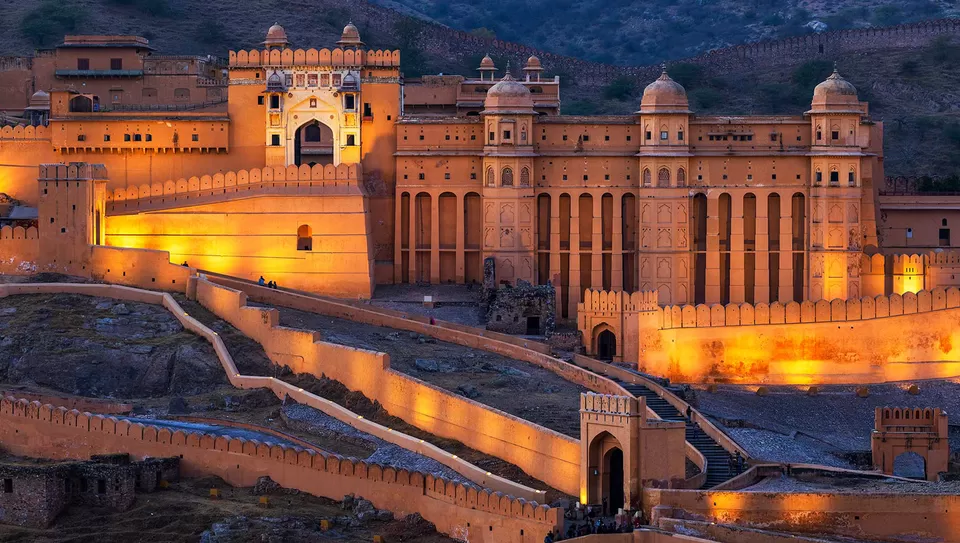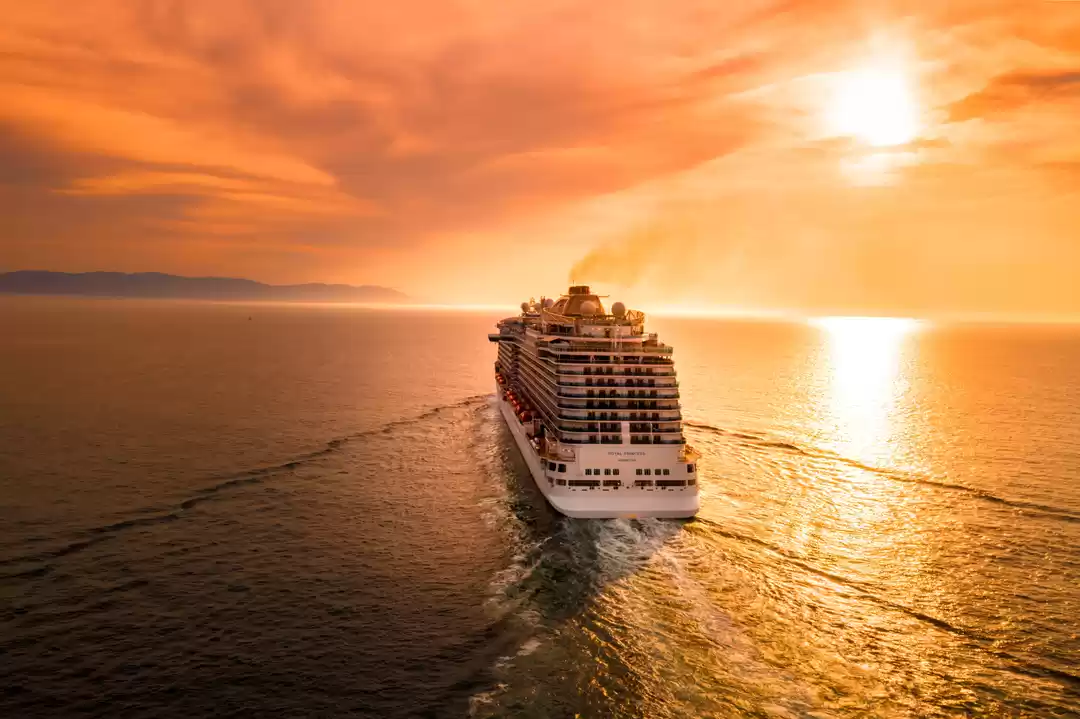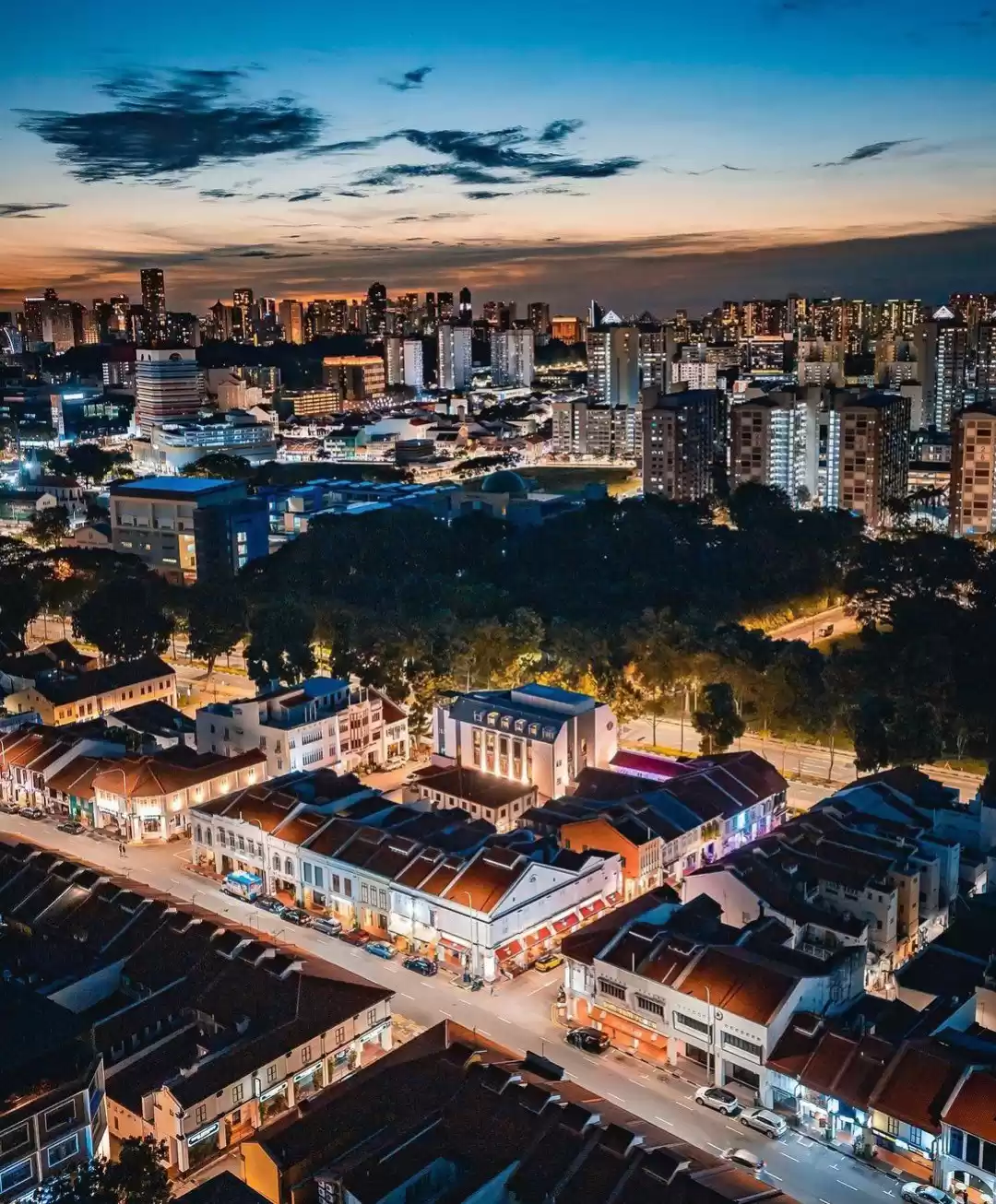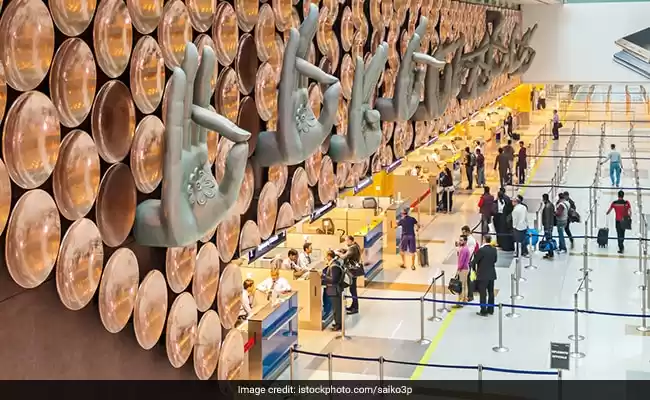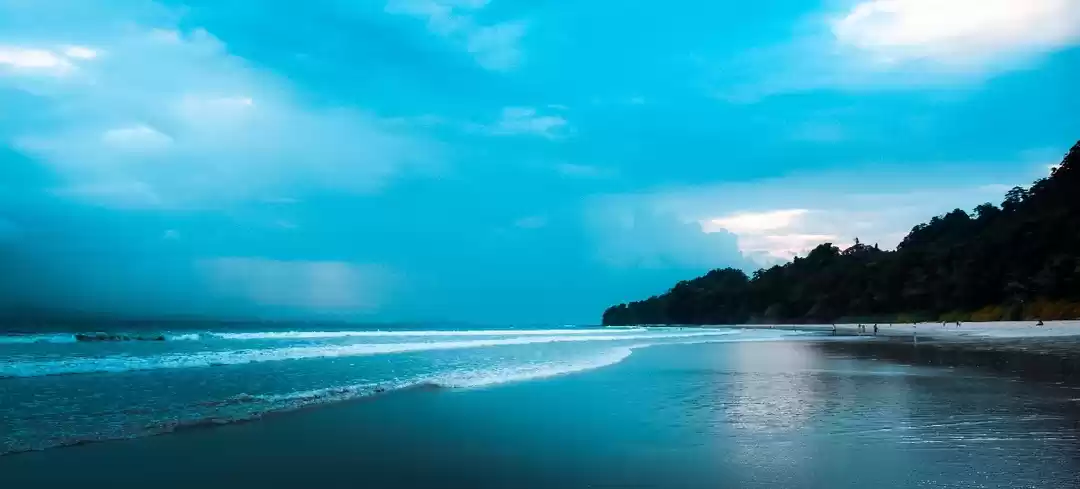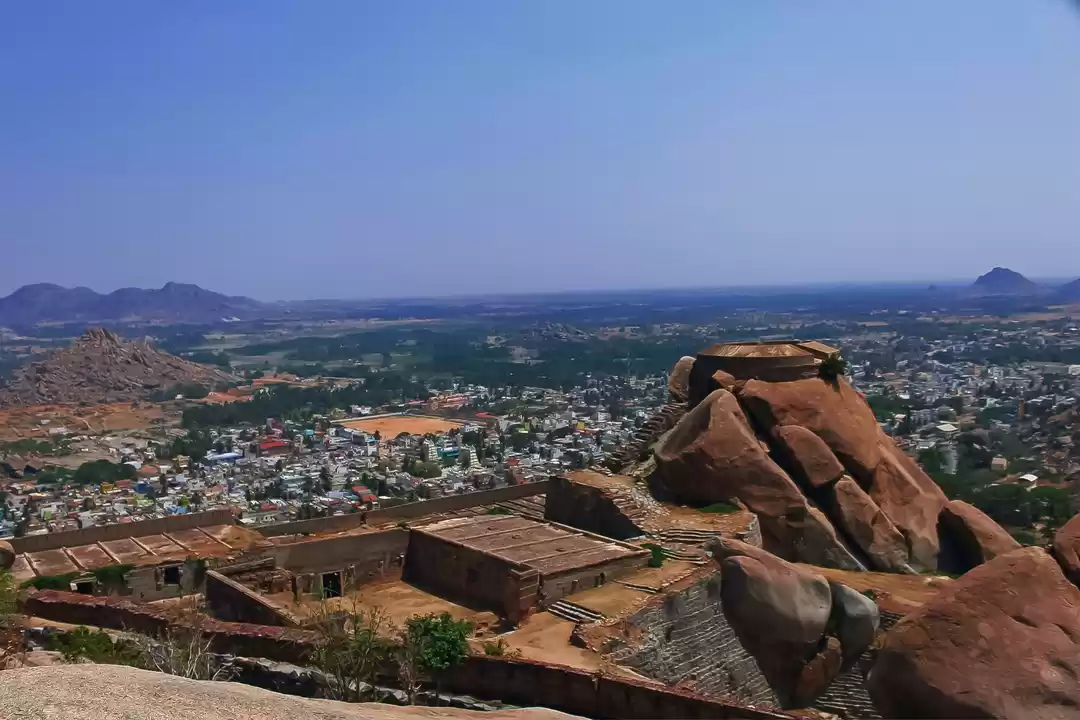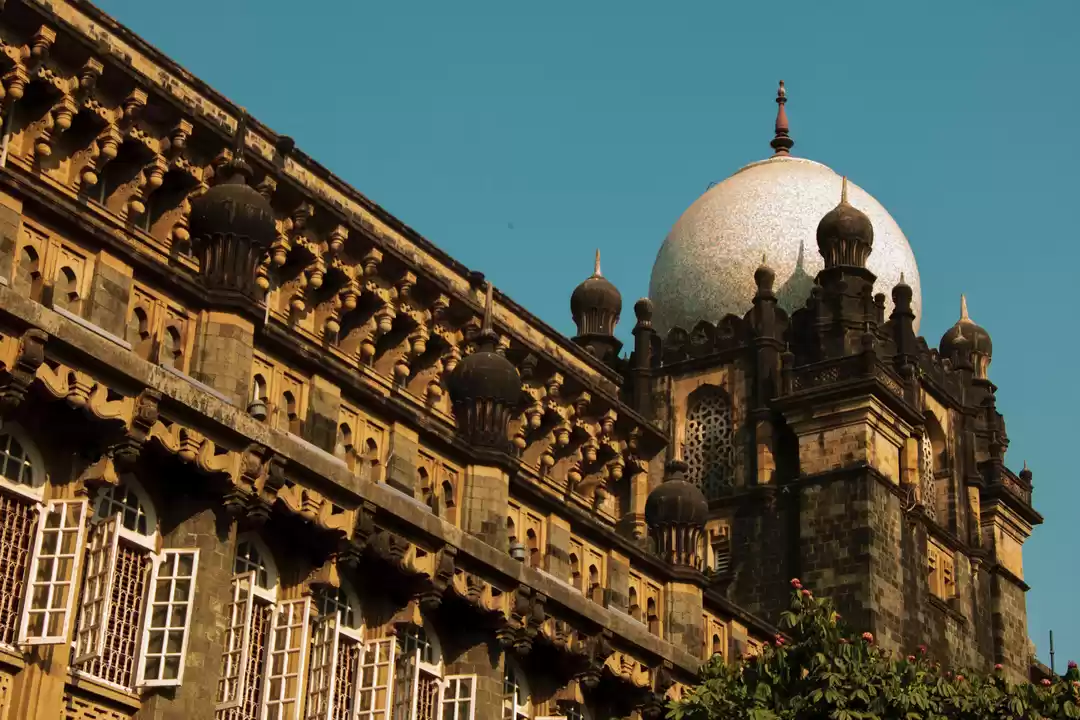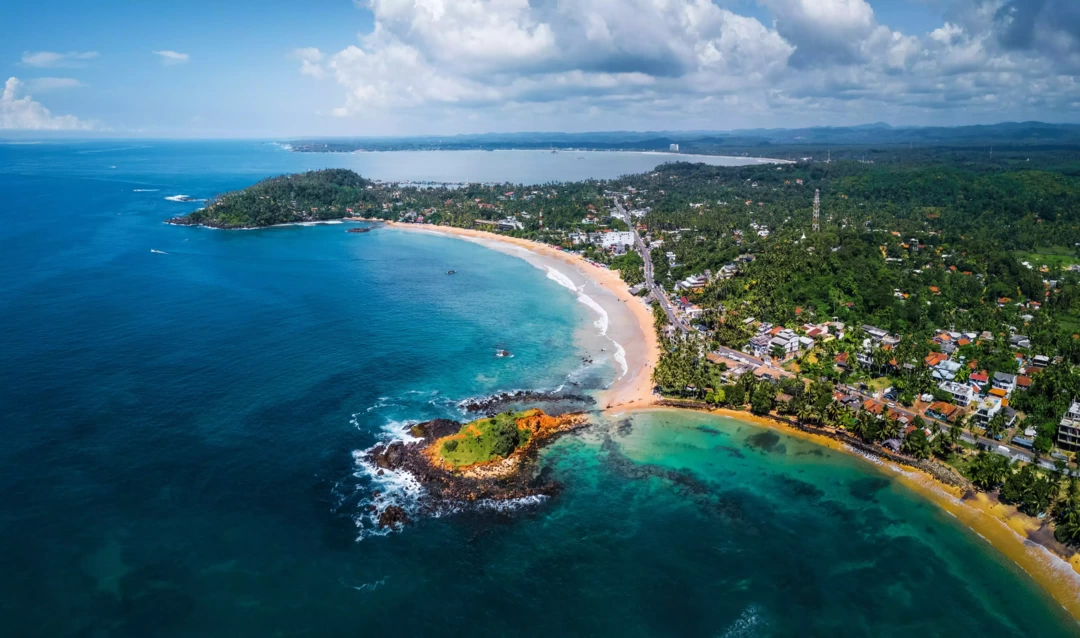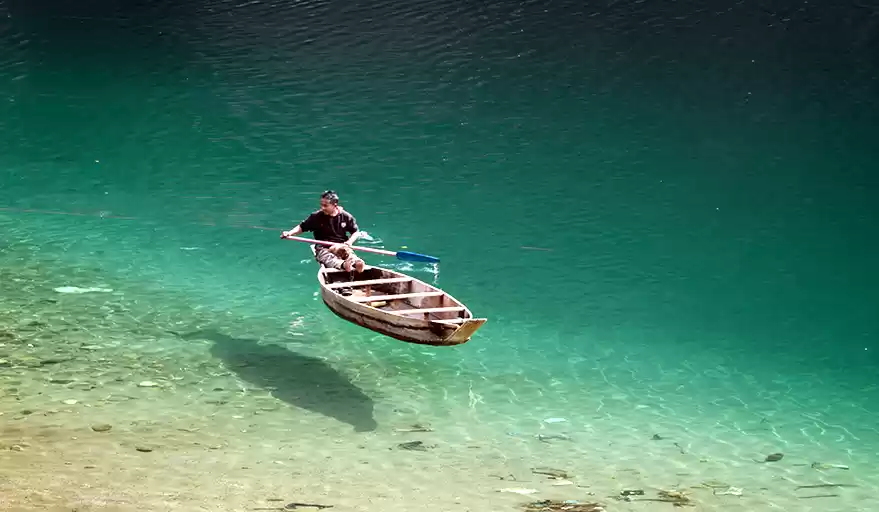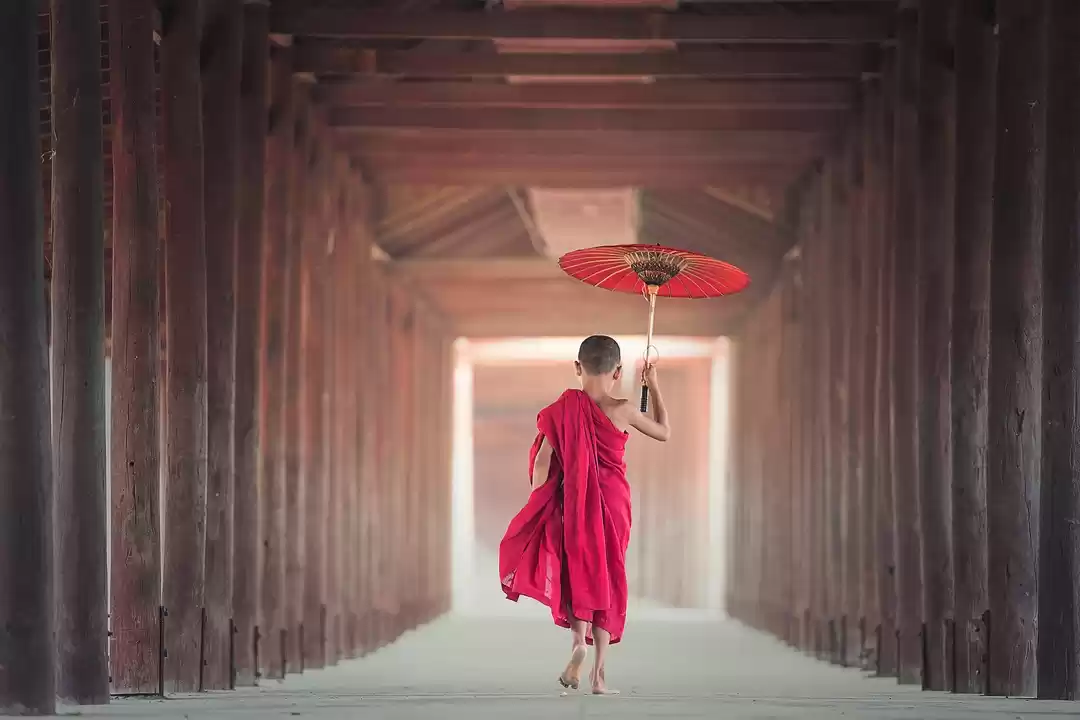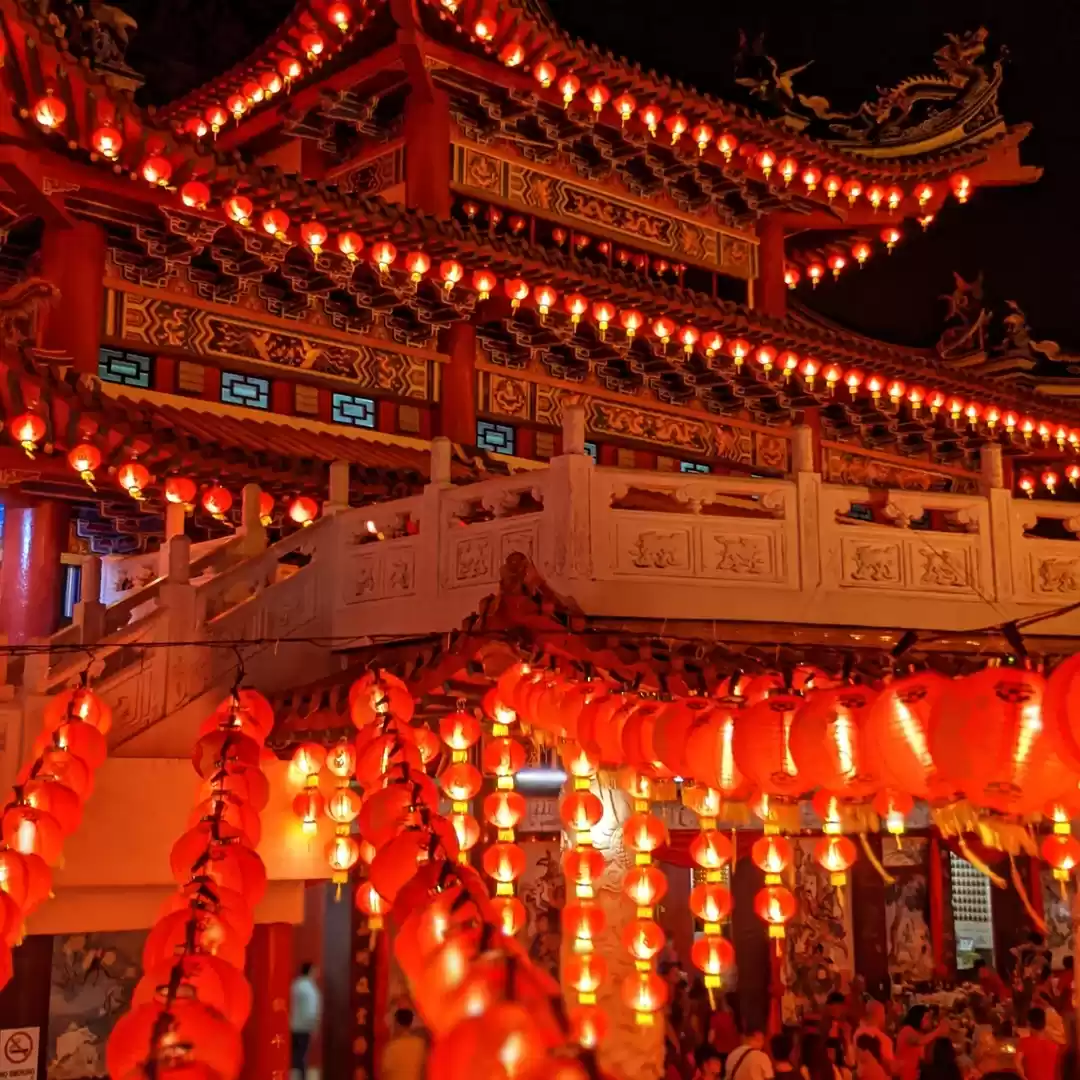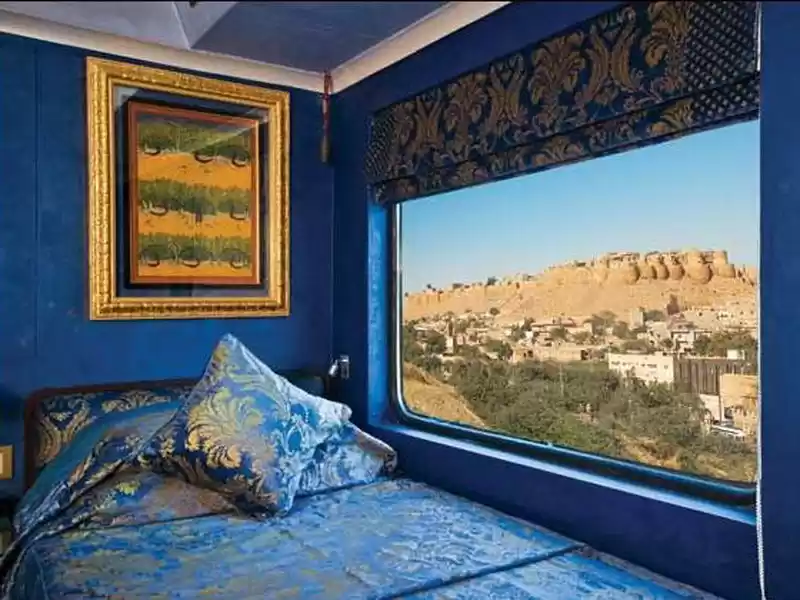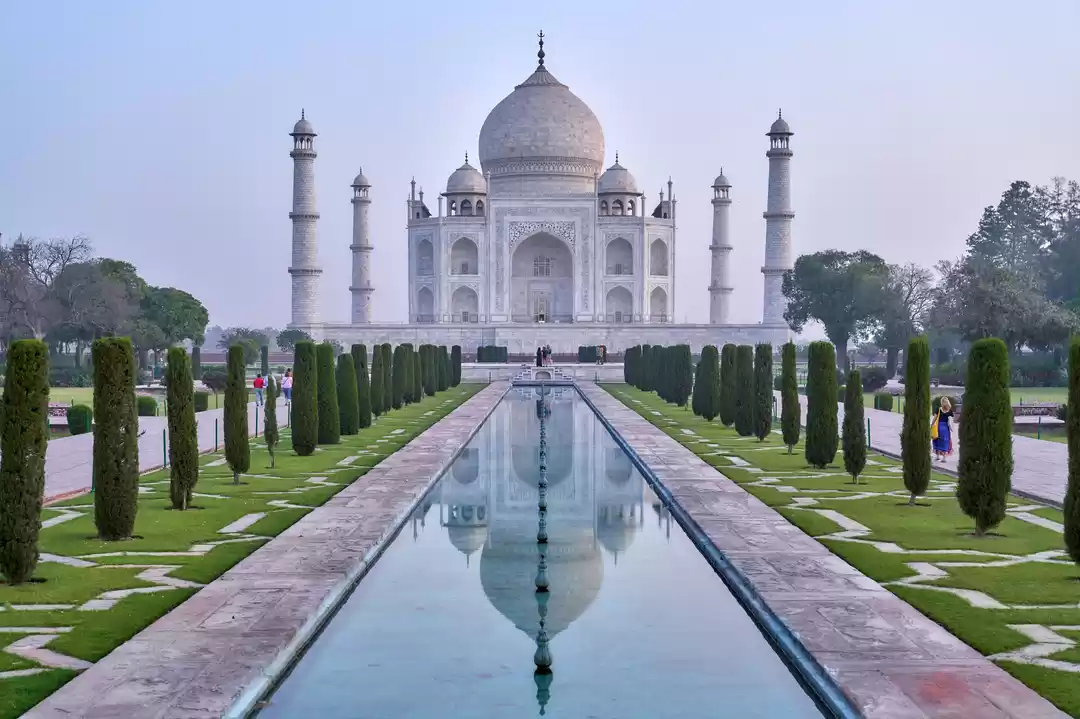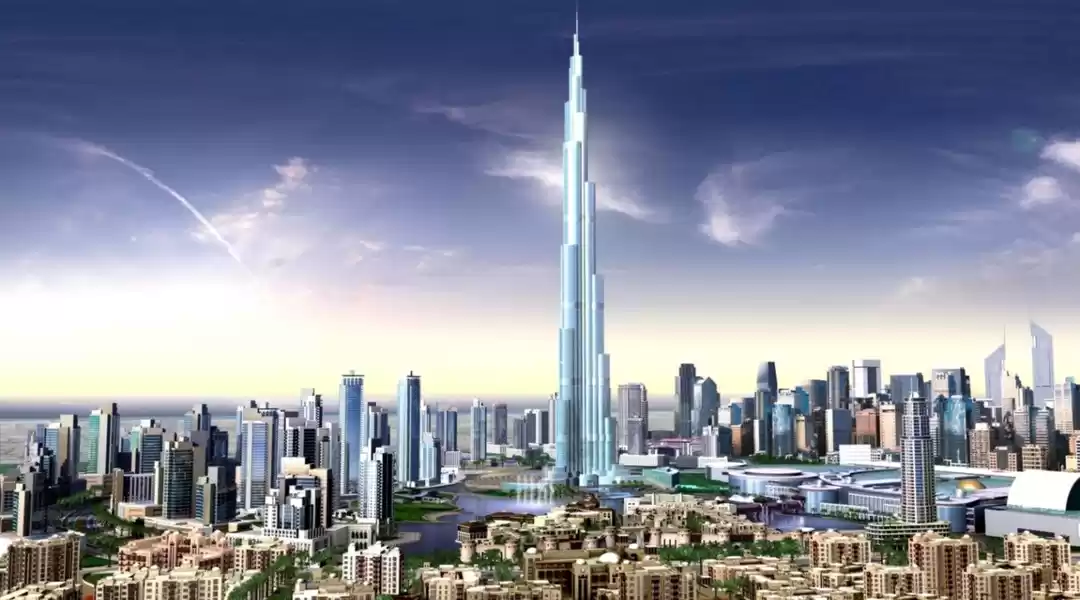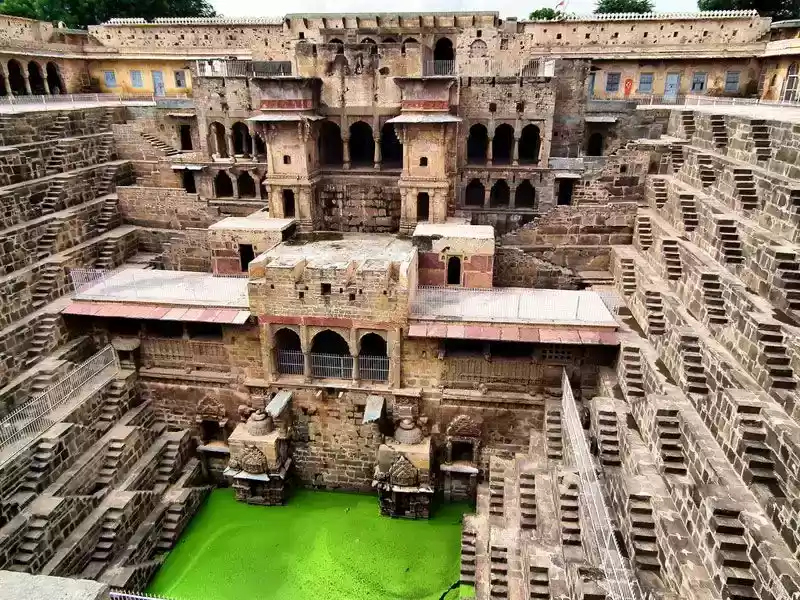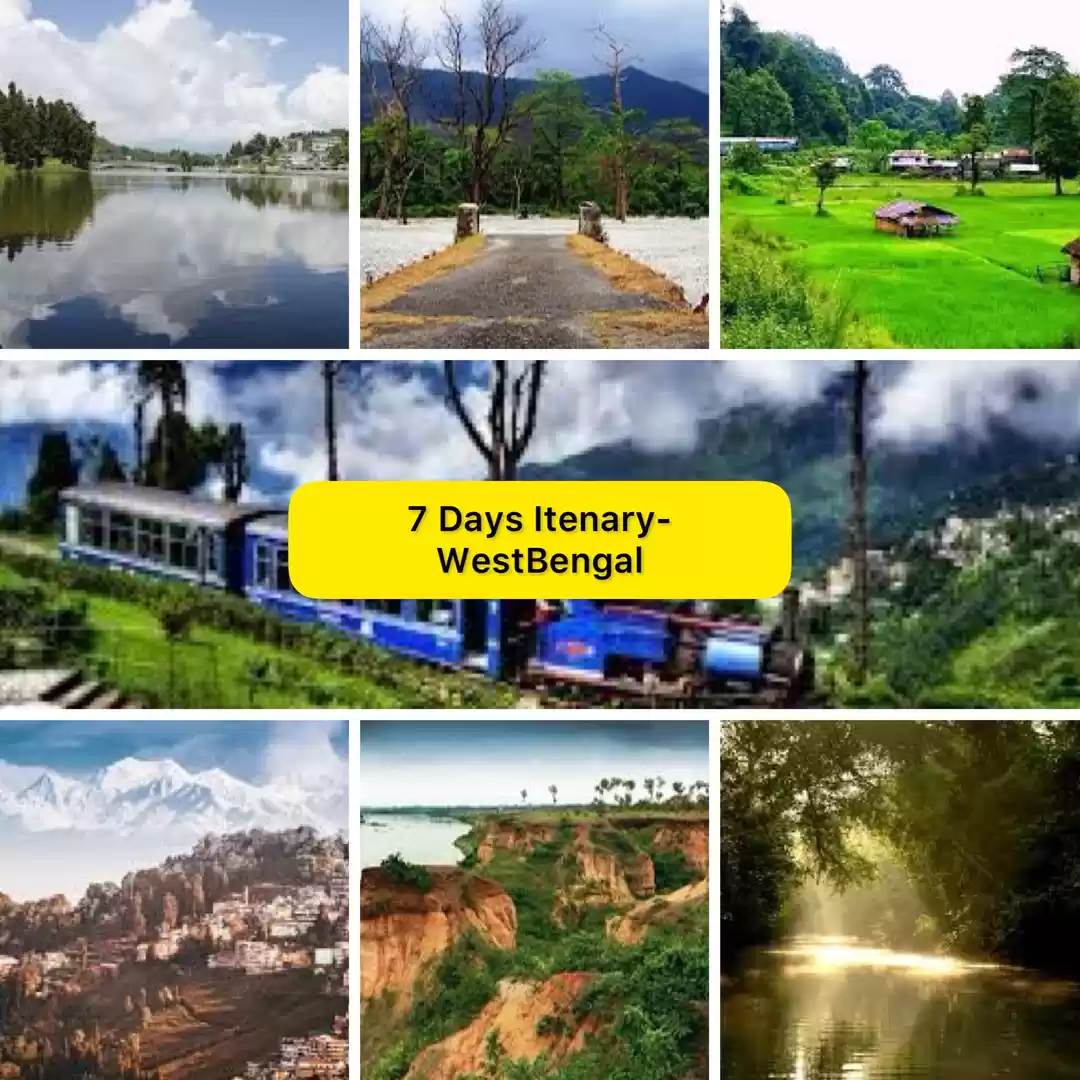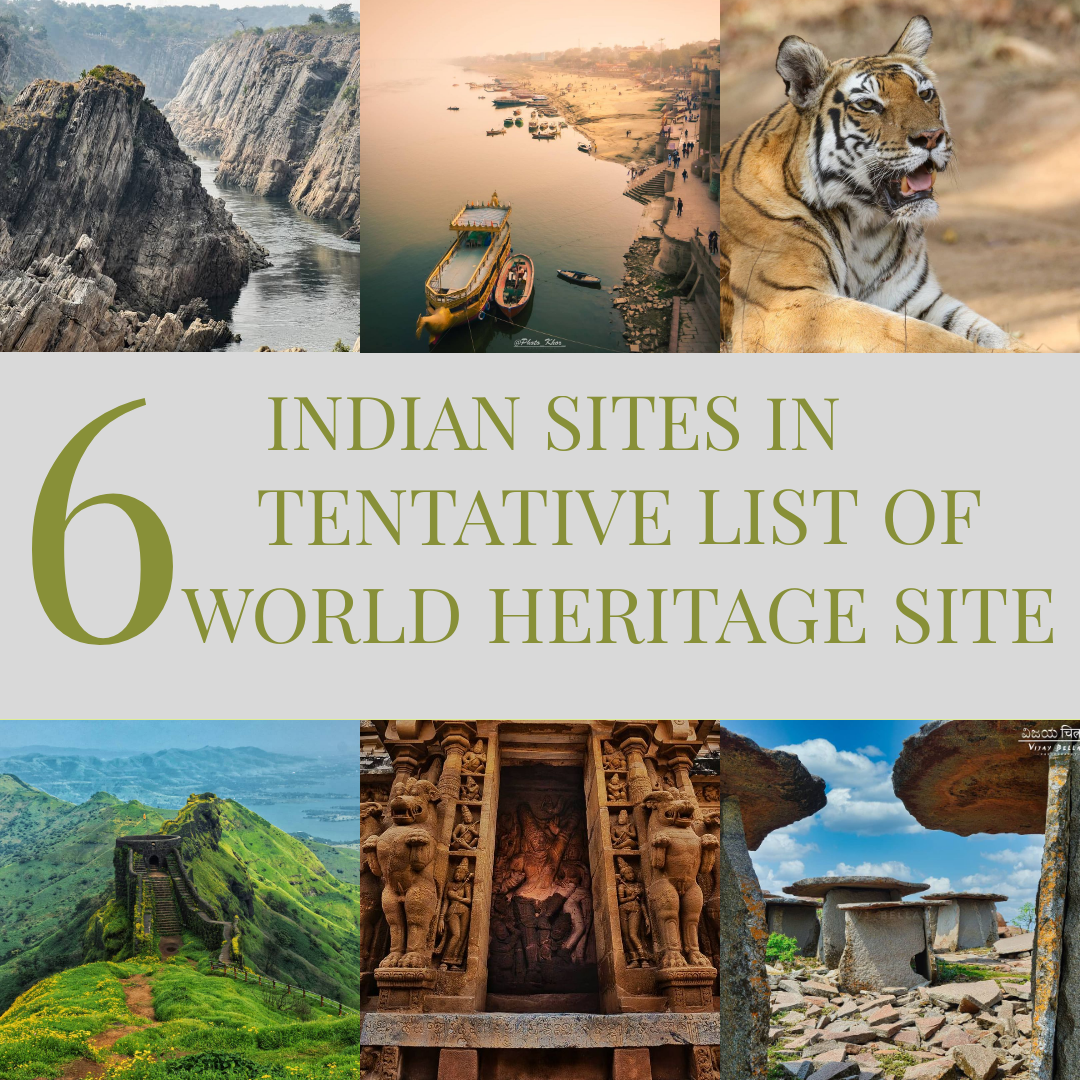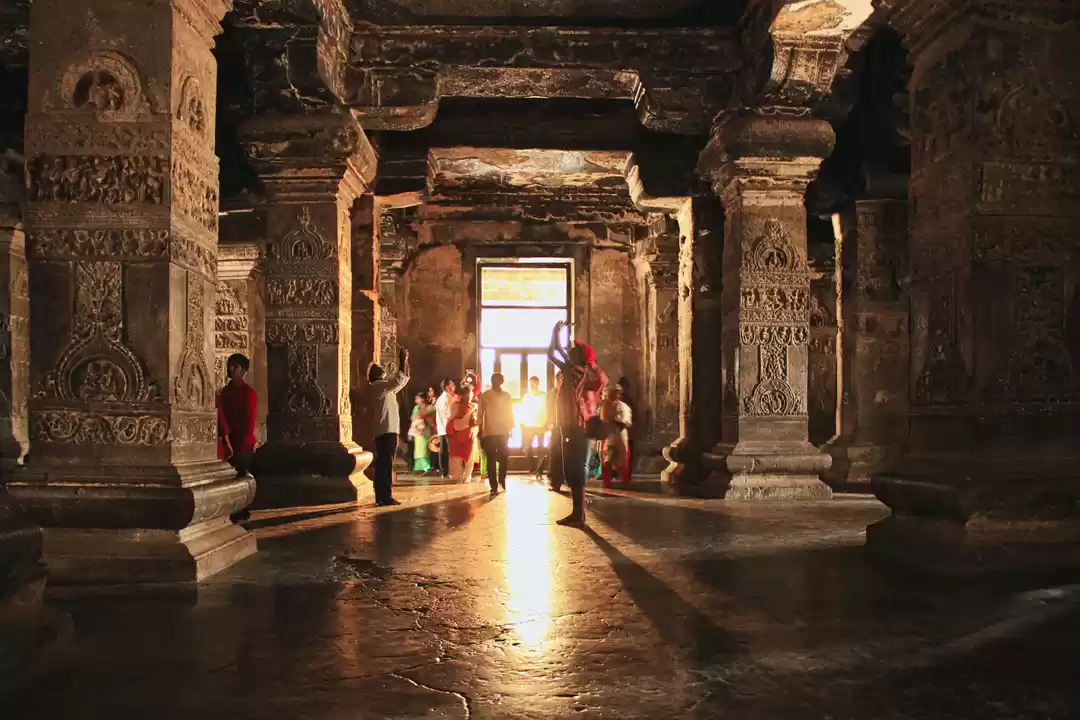
There can never be enough reasons to love India! Our traditions, values, hospitality, spirituality, culture, history and languages are unique in themselves—giving us many reasons to love India. Indeed, ours is a land worth taking pride in.
The reasons to love India were nurtured over time by the multitudes of diverse people across ethnicities, races and religions as they share a common space and a bond that can only be defined by the country’s unique 'Indian-ness'. Visitors are often left pleasantly surprised by the mysticism they get wherever they go in the country. Those who do leave, however, always yearn to come back.
The awe-inspiring temples and beautiful mausoleum; from sprawling meadows in the north and an active volcano in the south to vast salt marshy lands in the west and a wildlife paradise in the east, everything speaks volumes about the India’s glory and its diverse population.
As this year marks the 76th anniversary of India’s independence from British rule, we take you through a journey across 76 most beautiful tourist destinations which make our country truly incredible.
What makes this year’s Independence Day special?
Nation First, Always First
The theme for the 76th Independence Day in India is 'Nation First, Always First,' which will be held as part of the events under 'Azadi ka Amrit Mohatsav. ' The government has decided to do various programs under this initiative which will celebrate different cultures of the country.
1. Pahalgam, Jammu and Kashmir
Located at an altitude of 2,130 metres, Pahalgam is a picturesque town at the confluence of Sheshnag and Aru rivers, surrounded by snow-covered mountains and fir trees.
2. Wular Lake, Jammu and Kashmir
Wular Lake is the second-largest freshwater lake in the whole of Asia that is located in a small District of Bandipora in Jammu and Kashmir. The size of the lake differs seasonally from twelve to 100 square miles or 30 to 260 square kilometres.
3. Thiksey Monastry, Ladakh
Built in the 15th century, this monastery of the Gelukpa Order of Buddhism houses a 15-metre high statue of Maitreya Buddha (the most photographed here), and is the venue of the annual Gustor ritual held in September. When you're in Ladakh, you just can't miss this gorgeous monastery!
4. Nubra Valley, Ladakh
Nubra valley is in the north of Leh town and the road to the valley passes through 18,380ft high Khardungla pass (Khardongla), hence known to be one of the highest motorable roads of the world and the highest motorable road in India- separating Ladakh from the Siachen Glacier and the Karakoram range.
5. Kibber Village, Spiti Valley, Himachal Pradesh
The village of Kibber, located at an altitude of 4,270 meters in a narrow valley on the summit of limestone rock, contains a monastery and the Kibber Wildlife Sanctuary. It is famed for the world's highest post office and the highest man-made bridge in Asia- Chicham Bridge.
6. Chitkul, Himachal Pradesh
Chitkul, is the last motorable village in the Sangla Valley. The valley opens up here and one can just sit on the banks of the river and enjoy the views looming peaks, fertile pastures, and turquoise river. One can walk around the village and visit the intricately carved wooden temple.
7. Golden Temple, Amritsar, Punjab
Sri Harmandir Sahib, famously known as the Golden Temple is one of the holiest places for Sikhs. It derives its name from the golden top of the structure, made with approximately 400 kilograms of pure gold leaves.
8. Wagah border, Punjab
Located about 29 km from Amritsar on the Grand Trunk Road, Wagah Border has become famous for the ceremonial closing of gates and lowering of flags of India and Pakistan. Over 5000 people converge on the Indian side alone to watch the ceremony known as 'Beating the Retreat'.
9. Rock Garden, Chandigarh
In 1957, a government official started building what is now known as the famed Rock Garden. Spread over approximately 16 hectares, it is famous for sculptures made from recycled materials.
10. Kedarnath Temple, Uttarakhand
Uttarakhand is a land of temples - rightly called as 'Dev Bhoomi'. The temple, one of the 12 jyotirlingas of Lord Shiva, is an important Hindu religious place of worship. It is located at an altitude of around 3,580 metres in the Himalayas.
11. Valley of Flowers, Uttarakhand
The UNESCO World Heritage Site, situated in the Chamoli district of Uttarakhand at a colossal expanse of 87 sq. km.; it is a majestic valley endowed with endemic alpine flowers and fauna set amidst the transitional zone of the splendid Zanskar Ranges and the Eastern and Western Himalayas.
12. Gaumukh, Gangotri, Uttarakhand
Gaumukh is the source of the River Bhagirathi —the principal headstream of the mighty River Ganga. It is Shaped like a cow’s mouth at the Gangotri glacier.
13. Tehri Dam, Uttarakhand
At 260 meters, Tehri Dam is one of the tallest dams in the world and the tallest dam in India. An engineering marvel in itself, Tehri Dam not only provides more than 1,000 MW of hydroelectricity but also is a popular tourist attraction in Uttarakhand.
14. Chandni Chowk, Delhi
Delhi's oldest, busiest and vibrant market, Chandni Chowk is defined by crowded streets and a thousand old shops selling anything from food to attar (perfume).
15. Jama Masjid, Delhi
Built in the 17th century by Mughal emperor Shah Jahan near Red Fort, Jama Masjid is India's largest mosque. It is the place where the city's Muslims traditionally gather for Friday communal prayer (Jama Masjid is Arabic for Friday mosque).
16. Dilwara Temples, Mount Abu, Rajasthan
Known for their architectural splendour and exquisite stone carvings, the Dilwara temples in Rajasthan are dedicated to Jain Tirthankars. Located about 2.5 km from Mount Abu, the temples were built in 11th and 13th centuries AD.
17. Thar Desert, Rajasthan
The Thar is one of the most heavily populated desert areas in the world, covering an area of around 2,00,000 square kilometers at 80 people per square kilometer. Though it witnesses extreme temperatures, Thar is a magnet for tourists, with the main occupations of its inhabitants being agriculture and animal husbandry.
18. Amber Fort, Jaipur, Rajasthan
Part of the UNESCO World Heritage Site of the Hill Forts of Rajasthan, this 16th-century fort of Amber is the jewel of Jaipur and an expansive palace complex made of pale yellow and pink sandstone with white marble.
19. Chittor Fort, Chittorgarh, Rajasthan
The UNESCO World Heritage Site is one of the largest forts in India and is known for the paying ode to the valour of its inhabitants through history. The formidable fort houses the Vijay Stambha (Victory Tower), erected by Rana Kumbha.
20. Taj Mahal, Agra, Uttar Pradesh
The immense mausoleum of white marble, built in Agra between 1631-1648 by order of the Mughal emperor Shah Jahan, is counted among the New Seven Wonders of the World and is one of the universally admired masterpieces of the world's heritage, drawing millions of tourists from across the world every year.
21. Varanasi, Uttar Pradesh
Many believe that Varanasi is the world’s oldest living city. It has been the ultimate pilgrimage spot for Hindus for ages due to the River Ganga, mysticism and the Kashi Vishwanath Temple.
22. Sarnath, Uttar Pradesh
One of the holiest Buddhist sites in the world, Sarnath is famous as the place where Gautama Buddha delivered his first sermon. Mauryan emperor, Ashoka, built several structures here, including the Lion Capital, which India has adopted as the national emblem of the country.
23. Nalanda, Bihar
Nalanda was hailed as the most reputed and Asia's first International University, built under the patronage of the Gupta Empire in the 5th century AD. In its prime, the university was visited by famed scholars such as Chinese Buddhist monk Xuanzang (Hiuen-Tsang).
24. Baidyanath Temple, Deoghar, Jharkhand
This temple makes Deoghar a prominent religious site for Hindus, being one of the 12 Jyotirlinga of Lord Shiva and a Shakti Peetha- a sacred place connected to Goddess Sati.
25. Maithon Dam, Jharkhand
Built by the Damodar Valley Corporation on River Barakar in 1948, the dam scales a height of about 50 metres and stretches over a length of around 4,789 metres, with an underground power station- one of its kinds in the whole of South East Asia. The Maithon Dam and its lake conjure a picturesque view for tourists.
26. Darjeeling Himalayan Railway, West Bengal
Featured in many movies and one of the three Indian mountain railways inscribed in the World Heritage list; the DHR is a 2 ft gauge railway that runs between New Jalpaiguri and Darjeeling, West Bengal.
27. Sundarbans, West Bengal
The Sundarbans mangrove forest, one of the largest such forests in the world (140,000 ha), is the home to the Royal Bengal Tiger, among several other animals.
28. Sun Temple, Konark, Odisha
A UNESCO World Heritage Site, Konark Sun temple is a striking model of ancient artistry, fluidity of ideas, and a pedagogic treasury of Kalinga architecture. Designed as a chariot and made from Khondalite in the 13th-century, the current structure left standing is only half of the original masterpiece.
29. Shanti Stupa, Dhauli, Odisha
Built by the Japan Buddha Sangha and the Kalinga Nippon Buddha Sangha in 1972; on the site where the famous Kalinga War was fought; the Dhauli Stupa is made of marble and there are brilliantly intricate statues of the Lord Buddha here together with some of Ashoka’s major rock edicts are located on this hill.
30. Khangchendzonga National Park, Sikkim
A UNESCO World Heritage Site and featuring the third highest peak on the planet, Mount Khangchendzonga comprises 18 glaciers, 17 alpine lakes and supports various species of Himalayan flora and fauna. Trekking around this national park in Sikkim will surely turn out to be blissful.
31. Kaziranga National Park & Tiger Reserve, Assam
Kaziranga National Park is a UNESCO World Heritage Site and is known for the Great Indian one horned Rhinoceros. The park has recorded one of the highest density of tigers in the country.
32. Bhupen Hazarika Setu, Assam
Commonly known as the Dhola Sadiya Bridge, is a beam bridge built across River Lohit, connecting the northeast states of Assam and Arunachal Pradesh. At 9.15 kilometres, it is India’s longest bridge over water.
33. Sela Pass, Arunachal Pradesh
The Sela Pass is the high-altitude mountain pass located in TawangDistrict at an elevation of 4170 m (13,700 ft), connecting the Buddhist city of Tawang Town to the rest of India. The pass is surrounded by numerous lakes, most of which are partially or completely frozen during the winter.
34. Solomon’s Temple, Aizawl, Mizoram
The non-denominational church was founded by Dr L.B. Sailo in 1984. Its main hall is designed to accommodate 2,000 worshippers while the courtyard can house 10,000.
35. Mawlynnong, Meghalaya
The cleanest village in India, Mawlynnong Village is also known as God's Own Garden for its orchards, streams and greenery. Additionally, the village is 100 per cent literate!
36. Living Root Bridges, Meghalaya
Found in south Meghalaya, these iconic bridges were built by the Khasi tribes by weaving the roots of the Indian rubber (Ficus elastica) tree into suspension bridges over rivers. Alive and ever-growing, they are believed to withstand the weight of at least 50 people.
37. Dzükou Valley, Nagaland-Manipur
The Dzükou valley, spanning the Nagaland - Manipur interstate boundary in northeast India, is a hidden paradise here on planet Earth. This valley is well known for its picturesque views and a famous trekking hotspot in Northeast India as it is situated behind the Japfu range at a height of 2,450 metres.
38. Loktak Lake, Manipur
The largest freshwater lake in Northeast India, the pristine Loktak Lake is one of the most popular tourist attractions in Manipur with the only floating national park in the world—Keibul Lamjao National Park. It offers the last refuge to the endangered brow-antlered deer or sangai.
39. Neermahal, Melaghar, Tripura
Neermahal ('water palace'), built in the 1930s, is the realisation of Tripura's former king- Maharaja Bir Bikram Manikya Bahadur's idea of constructing a summer residence in the middle of Rudrasagar Lake. Situated in Melaghar, there is another such palace in the eastern state of Rajasthan, too.
40. Chitrakote Waterfalls, Chhattisgarh
Chitrakote waterfall on River Indravati, is Chhattisgarh's largest (height of approximately 27 metres) and most widest waterfall in India measuring 300 metres in width. Located in the Bastar district, due to it horseshoe-shape, this fall is also called the Niagara of India.
41. Khajuraho, Madhya Pradesh
The UNESCO site of 'Khajuraho Group of Monuments' is famous for its Nagara-Style architecture and graceful sculptures of nayikas and deities. The group of around 20 temples belong to the religions of Hinduism and Jainism.
42. Great Stupa, Sanchi, Madhya Pradesh
This Buddhist stupa is one of the oldest stone structures in India, and an important monument of Indian Architecture, originally commissioned by the Mauryan emperor Ashoka the Great in the 3rd century BCE. Standing at a height of around 12 metres, its massive hemispherical dome houses relics of Lord Buddha, whose life is retold through carvings on the doorways.
43. Dholavira, Gujarat
Dholavira is one of the two largest Harappan sites in India, and 5th largest in the subcontinent. Recently inducted as a UNESCO World Heritage Site, it is also the first Indus Valley Civilisation site from India to feature on the list.
44. Rann of Kutch, Gujarat
Known for its white salty desert sand and being the largest salt-desert in the world, the Great Rann of Kachchh, the Little Rann of Kachchh and the Banni grassland, spreads over approximately 30,000 square kilometres.
45. Gir Forest National Park, Gujarat
Famous for the Asiatic Lion, Gir National Park is the only place outside of Africa where lions exist today. As of 2022, there are 400 asiatic lions in the approximately 1,412-square-kilometre sanctuary.
46. Sabarmati Ashram, Ahmedabad, Gujarat
Situated on the banks of river Sabarmati, the ashram was home to Mahatma Gandhi from 1917 to 1930 and served as one of the main centres of the Indian freedom struggle. It was from here on March 12, 1930 that Gandhiji launched the famous Dandi march.
47. Moti Daman Fort, Daman
Built by the Portuguese in the year 1559 to protect against the invasions of the Mughal armies, Fort Moti Daman is spread over a massive area of 30,000 sq m. The fort houses a number of cannons and historic buildings such as the Cathedral of Bom Jesus and the Chapel of Our Lady of Rosary.
48. Shaniwar Wada, Pune, Maharashtra
Built in 1732, it was the great seat of the Peshwas of the Maratha Empire until 1818. ‘Shaniwar’ is the Hindi word for Saturday. The palace was named so because its construction began on a Saturday.
49. Haji Ali Dargah, Mumbai, Maharashtra
One of the most renowned Islamic shrines located on an islet in the Arabian Sea, Mumbai; the Haji Ali Dargah houses the tomb of a 15th-century Sufi saint, Pir Haji Ali Shah Bukhari.
50. Mumbai, Maharashtra
India’s commercial capital and the home of Bollywood, this megacity is known for its several landmarks like the UNESCO listed Victorian Gothic and Art Deco buildings, including Bombay High Court and Eros Cinema.
51. Our Lady of the Immaculate Conception Church, Panaji, Goa
Built in a Portuguese-Baroque style in the 16th century, with distinctive zigzag stairways, the church is located at a slight elevation, on a hillock. It is known to house the second largest church bells in Goa.
52. Dudhsagar Falls, Goa
Famous as one of the tallest waterfalls in India with a height of 310 m (1017 feet) on River Mandovi in the Sanguem Taluka; creates an awe-inspiring scene for trekkers, as well as those who opt for a train ride to the Kulem railway station.
53. Charminar, Hyderabad, Telangana
Built in 1591 by Muhammad Quli Qutb Shah, the ruler of the Qutb Shahi dynasty, the magnificent monument stands tall at 54 metres. The granite monument with four arches and minarets is an iconic structure symbolic of Hyderabad.
54. Golconda Fort, Hyderabad, Telangana
Originally a mud fort, the Golconda Fort was later fortified between 14th and 17th centuries by the Qutub Shahi dynasty. It is one of most magnificent fortress complexes in India, built on a 120-metre-high hill, allowing the tourists to get the finest panoramic view of the surroundings.
55. Nagarjuna Sagar Dam, Telangana-Andhra Pradesh
World's largest masonry dam measuring 124.663m in height, Nagarjuna Sagar Dam is built across River Krishna, connecting Telangana and Andhra Pradesh. Its breathtakingly beautiful reservoir makes it a prominent tourist destination.
56. Kakatiya Rudreshwara (Ramappa) Temple, Palampet, Telangana
The UNESCO World Heritage Site located in Telangana is famous for its exquisite Kakatiya art. It has decorated beams and pillars of carved granite and dolerite. The temple was nicknamed on their chief sculptor- Ramappa.
57. Thimmamma Marrimanu, Anantapur, Andhra Pradesh
Flourishing within one of India's driest regions is Thimmamma Marrimanu, the largest single-tree canopy on Earth, recognised by the Guinness Book of World Records. The massive banyan tree is 550 years old and occupies a circumference of 846 metres.
58. INS Kursura Museum Ship, Visakhapatnam, Andhra Pradesh
INS KURSURA, the underwater behemoth of Indian Navy has been converted into a museum ship- the first of its kind in South Asia. Located on the Rama Krishna beach, the ship measures 91.3 metres in length and eight metres in width.
59. Undavalli Caves, Andhra Pradesh
Dated back to the 7th century BC (time of Lord Buddha), the caves are prime example of rock-cut architecture. Its main cave, however, reflects the building style of the Gupta period.
60. Jog Falls, Sagara, Karnataka
The Jog Falls located on River Sharavati are the highest waterfalls in the country and the second-highest in Asia with an approximate height of 253 metres. Its four water streams are known as Raja, Rani, Roarer and Rocket.
61. Hampi, Karnataka
Hampi is a UNESCO World Heritage Site, owing to the ancient temples, forts and other monuments built by the Vijayanagar Empire around 1500 AD. Among its prime attractions are the Stone Chariot and the Virupaksha Temple.
62. Mysore Palace, Karnataka
An incredibly breathtaking example of Indo - Saracenic style of architecture, the Mysore Palace, also known as the Amba Vilas Palace, is a magnificent edifice with its floor made with glazed tiles while the stained glass and dome ceiling add to the splendour of the palace. It is illuminated with 97,000 electric bulbs on Sundays, public holidays and during the Dasara celebrations.
63. Kodagu, Karnataka
Known as the ‘Scotland of India’, Kodagu or Coorg, is the most beautiful hill station in the Indian state of Karnataka, situated in the Western Ghats. It is famous for its coffee plantations, natural beauty, wildlife and warrior culture.
64. Backwaters of Kerala
Kerala; known as the ‘God’s Own Country’, is due to the scenic backwaters. The channels, lagoons and lakes, where houseboats rock gently and canoes race, create the most picturesque visuals.
65. Cheraman Juma Mosque, Kodungalloor, Kerala
The first mosque in India and the second in the world where Juma prayers were started, Cheraman Juma was built in 629 AD, named after Chera king, Cheraman Perumal, who, according to oral lore, went to Arabia to meet Prophet Muhammed and subsequently converted to Islam.
66. Santa Cruz Cathedral Basilica, Fort Kochi, Kerala
Counted as one of the heritage edifices of Kerala, this church was originally built by the Portuguese in the 16th century. In 1984, Pope John Paul II elevated it to the status of a Basilica, making it one of the eight Basilicas in India.
67. Meenakshi Amman Temple, Madurai, Tamil Nadu
The principal deity of this legendary temple is Meenakshi, a form of Goddess Parvati, which has been carved in emerald hued stone. This temple has a glorious past which dates back to 1560 and is one of the most important Hindu religious places in the country.
68. Thiruvalluvar Statue and Vivekananda Rock Memorial, Kanyakumari, Tamil Nadu
These monuments are regarded as a cultural fusion because of their juxtaposition beside eachother on rocky islets, at the southernmost point of mainland India. Saint Thiruvalluvar was an ancient Tamil poet while the memorial built in 1970 is dedicated to Swami Vivekananda, who is said to have attained enlightenment on the rock.
69. Ranganathaswamy Temple, Srirangam, Tamil Nadu
Constructed in the Hindu architectural style, the temple is glorified by Alvars in their Divya Prabhanda and has the unique distinction of being the foremost among the 108 Divya Desams dedicated to the god Vishnu. The complex encompasses an area of around 63 hectares on the island of Srirangam between River Cauvery and its tributary, Kollidam.
70. Brihadisvara Temple, Thanjavur, Tamil Nadu
Built in the 11th century by Raja Raja Chola I, the temple is an architectural masterpiece of the Chola period. Having the tallest vimanam (temple tower) in the world at 66 metres, the temple has been accorded the status of The World Heritage Site.
71. Marina Beach, Chennai, Tamil Nadu
Along Chennai's coastline with the Bay of Bengal lashing its shore, the beach is India’s longest and world’s second-longest beach in the world stretching almost 12 kilometres.
72. Puducherry
Puducherry is a former French territory famed for its French-styled avenues, buildings, churches, cuisine, beaches and spiritual places such as Sri Aurobindo Ashram.
73. Barren Island, Andaman and Nicobar
This Island houses India's only active volcano, which erupted in the past years of 2005 and has been spewing lava periodically ever since. Located on the seismically active tectonic plates in the Andaman Sea, the island can only be seen from afar while on a ship and no one is allowed to disembark.
74. Cellular Jail, Port Blair, Andaman and Nicobar Islands
The prison, infamously known as Kaala Pani (black water), was known to imprison many notable Indian freedom fighters and political activists during the struggle for India's independence. Now a national memorial, it houses a museum, art gallery and photo gallery.
75. Agatti Island, Lakshadweep
An archipelago of Indians, this island is made up of 36 atolls and numerous coral reefs, making it one of India’s most beautiful lagoons. Agatti’s outstanding beauty is revealed as visitors approach a small airport on the island.
76. Fatehpur Sikri, Uttar Pradesh
Founded by Akbar, a 16th-century Mughal emperor, this sister-city of Agra is painted almost entirely in red sandstone. A grand entrance via the Buland Darwaza (translating to Door of Victory) here takes you straight to the simplistic lives of the bygone era, while the Imperial Palace Complex, Sheikh Salim Chisti’s marble tomb, Diwan-khana-I-khaas (Hall Of Private Audience) etc. help you understand the architectural prowess of the Mughals.
Now that you have a list for places to visit in India, where are you going next? Let us know in the comments below.
For more travel stories and information follow me on Instagram @tan_s07.
Ready to travel for free? Earn credits and redeem them on Tripoto's weekend getaways, hotel stays and vacation packages after the pandemic is over!



















